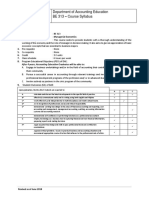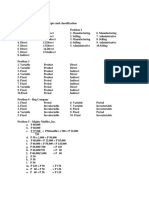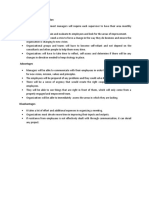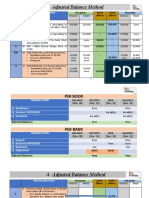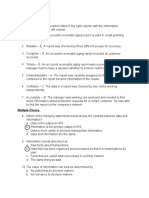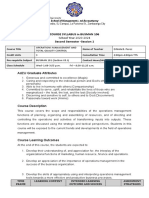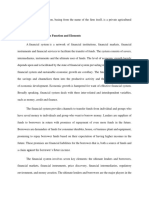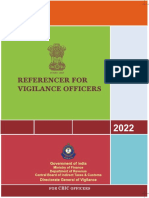Position Paper: Reclaiming Accountability in Flood Control Projects
I. Introduction (Context and Stated Position)
After experiencing repeated and devastating floods, the government introduced a major
flood control project to build dikes, drainage systems, and pumping stations. At first, this
gave citizens hope that their hardships would end. However, despite the project's official
"completion," the flooding continued just as severely. Investigations later revealed that the
drainage systems were poorly designed, the equipment often broke down, and low-quality
materials were used. These failures were not due to technical errors alone, but to
widespread corruption. We strongly believe that the root cause of this disaster lies in
political mismanagement, lack of oversight, and misuse of public funds.
II. Body (State Role and Past Action)
The government had a clear responsibility to protect citizens by delivering a reliable flood
control system. Although funds were allocated, and the project was reported as finished, the
results on the ground told a different story. Corrupt officials and contractors profited from
"ghost projects" and overpriced materials, while proper monitoring was either weak or
nonexistent. As a result, the state failed to ensure that public money translated into real,
functioning infrastructure. This not only hurt vulnerable communities but also eroded
public trust in government programs. The actions taken so far reflect a system more
focused on appearances and profit than public service.
III. Counterargument and Rebuttal
Some might argue that the ongoing floods are largely due to climate change or natural
environmental shifts, which are beyond the government's control. While it's true that
extreme weather is increasing, that only makes proper infrastructure even more essential. A
well-designed, corruption-free flood control system could have significantly reduced the
damage and protected vulnerable communities. Blaming nature does not excuse human
failures in planning, transparency, and leadership.
IV. Conclusion (Proposed Solutions)
To prevent similar failures in the future, strong accountability and transparency must be
enforced. Government contracts and budgets should be publicly accessible, and
independent oversight bodies should be involved in all major infrastructure projects.
Corrupt officials and contractors must face strict legal consequences and be barred from
future government work. Community participation should be encouraged through reporting
hotlines and local monitoring committees. Lastly, the state must prioritize quality and
sustainability over speed or political gain to ensure that public projects actually meet the
people’s needs. These steps are necessary to restore public trust and protect lives from
preventable disasters.







